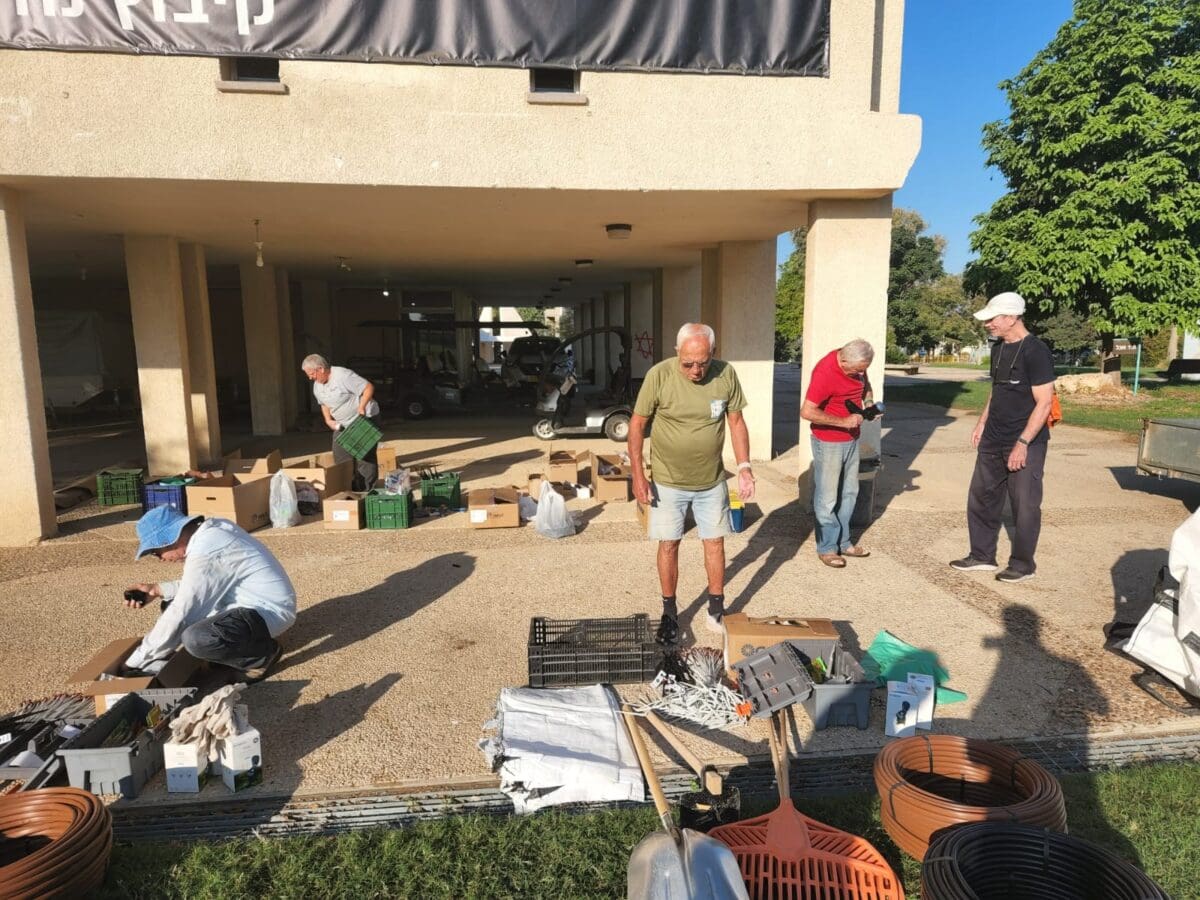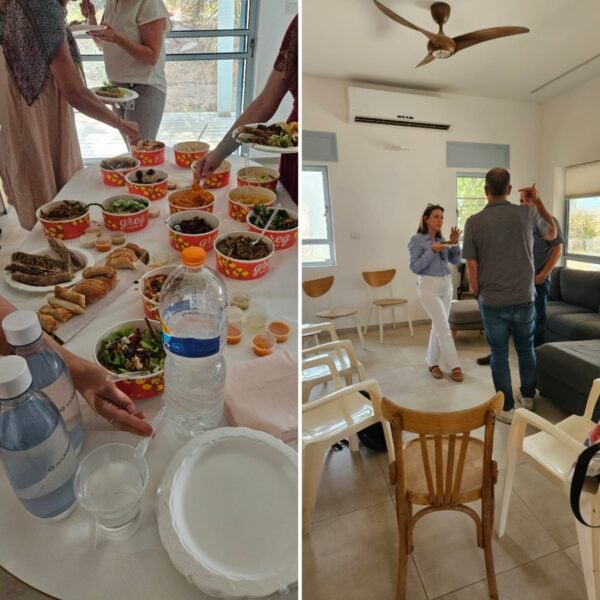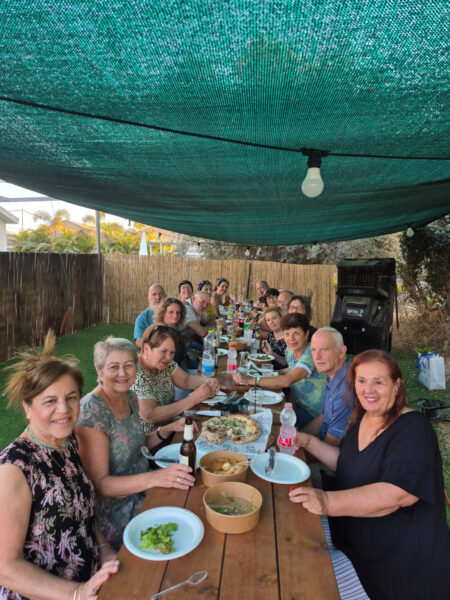Across Israel’s vulnerable communities, our volunteers have taken initiative to create hundreds of additional projects helping heal, strengthen, and rebuild the social fabric from the ground up.
Here’s a glimpse of the extraordinary “hidden impact” created this year by our volunteers outside their formal roles:
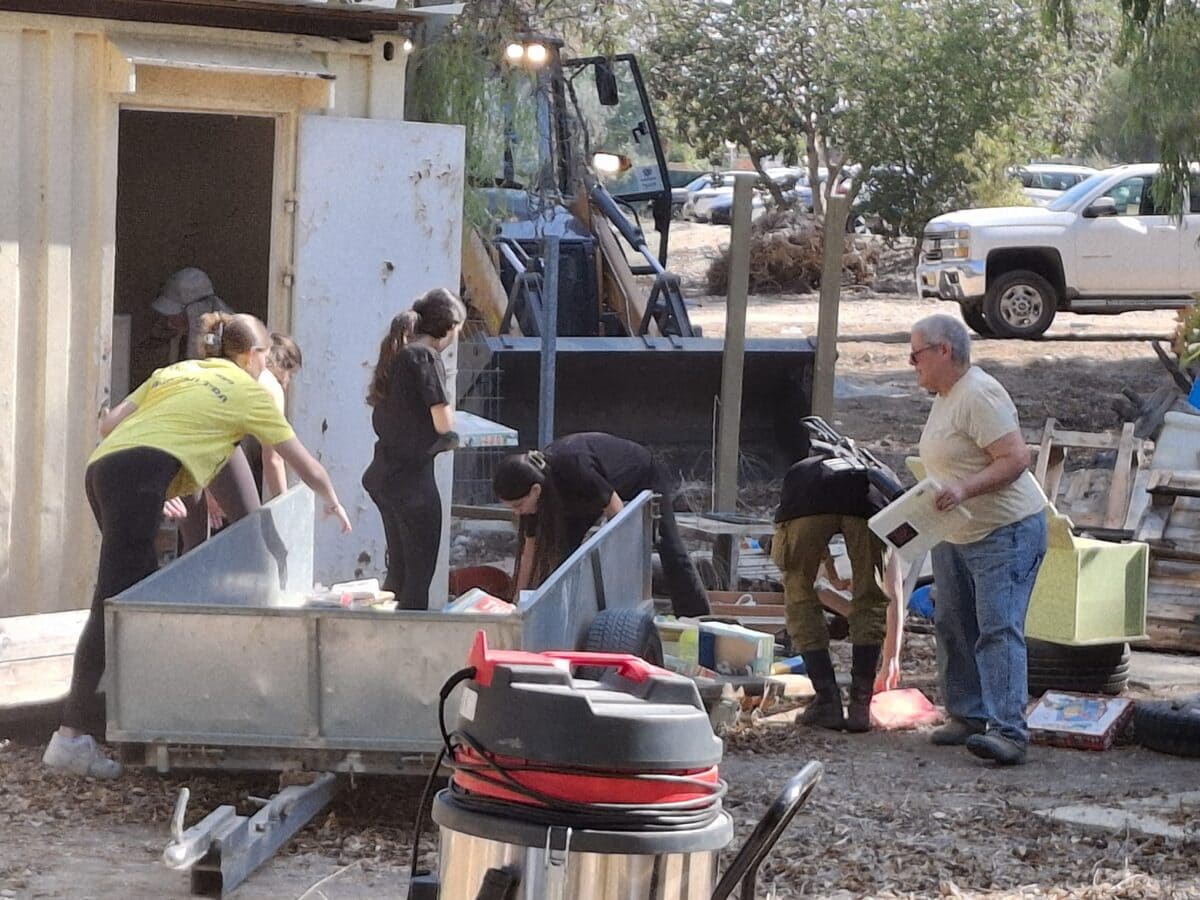
Community Building and Physical Rebuilding
Volunteers rolled up their sleeves to help clear and prepare homes for returning families, revive communal dining halls, beautify public spaces, and even build benches and carpentry projects for local use. Gardens, petting farms, and neglected homes were lovingly restored, visible symbols of resilience and hope.
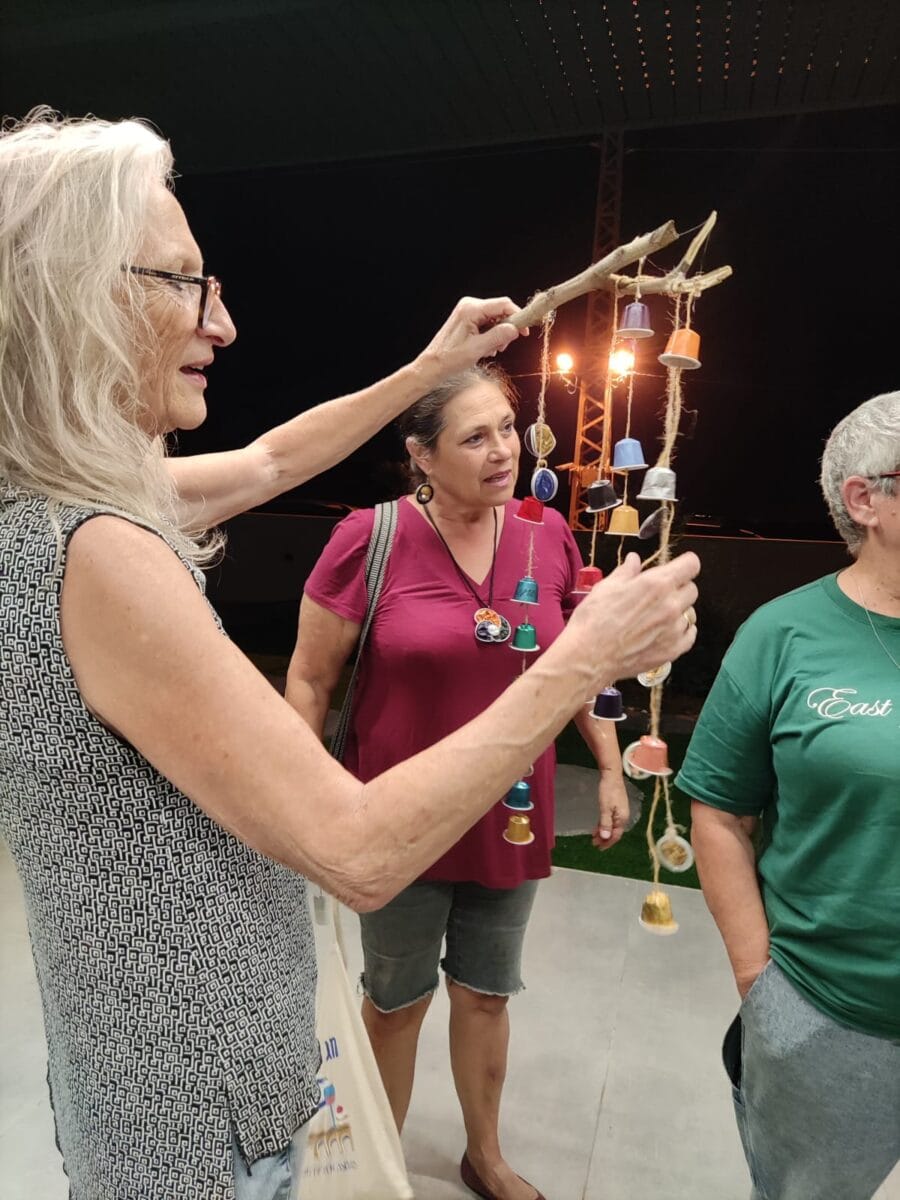
Creativity and Healing
Arts and culture became powerful tools for processing trauma and restoring community connection. Volunteers led Playback Theatre workshops, photo-therapy sessions, and art workshops for women, seniors, and foreign workers. Cultural events from folk dancing to public arts helped rebuild the communal spirit.
Education and Learning
Across all regions, volunteers launched maths, AI, and cyber workshops, tutored at-risk youth, mentored teachers, and ran memory-strengthening courses for elderly residents. They created new opportunities for learning across generations and fostered personal relationships that continue far beyond the classroom.
Emotional and Social Support
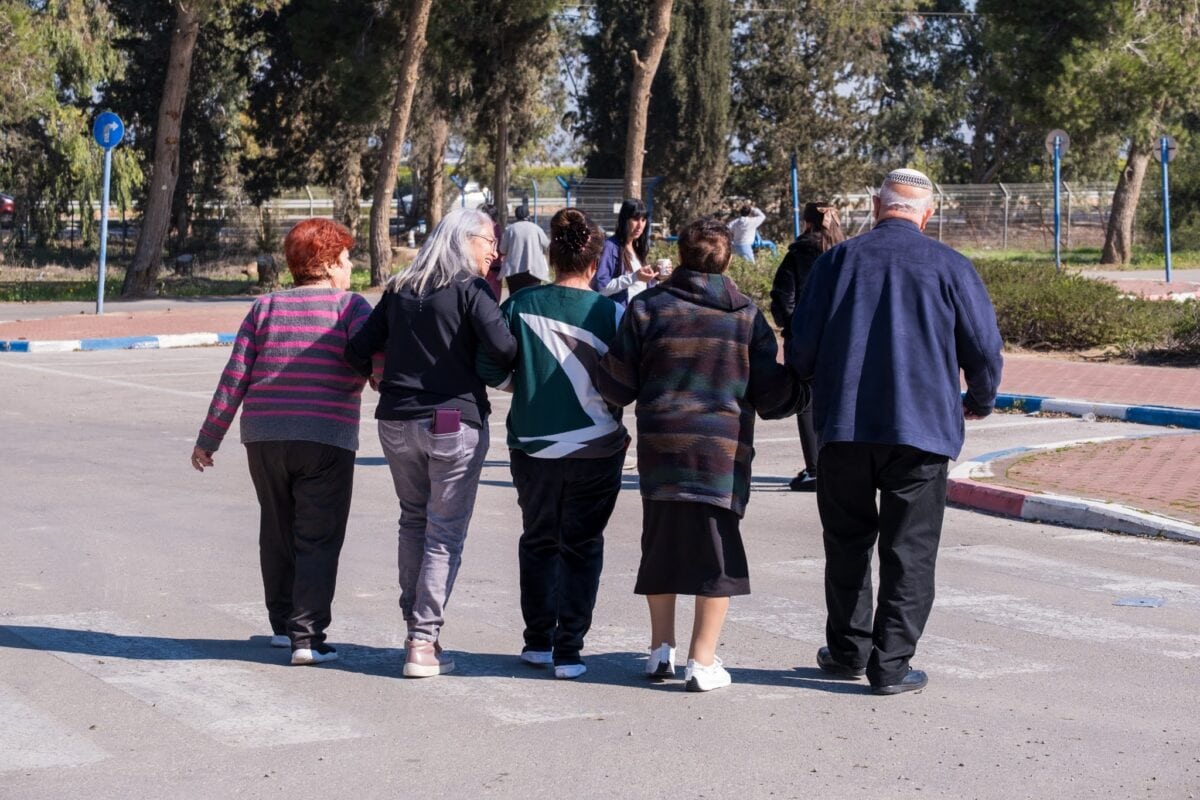
One of the most profound impacts has been the informal emotional support volunteers provide. From visiting isolated elderly residents to accompanying bereaved families and building support networks for foreign workers, volunteers have become trusted figures of stability and care within their communities.
Preserving Heritage and Memory
Volunteers documented family and community histories, created personal albums, and digitised archives ensuring that the stories and identities of communities traumatised by conflict are not lost.
Advocacy and Access to Rights
Legal aid clinics, state benefit application support, and personal case management helped residents navigate complex systems to access the support they deserve. Volunteers also assisted emergency responders in securing recognition of their own trauma-related disabilities.
Health and Resilience
Volunteers organised mobile health clinics, enhanced occupational therapy services, and advocated for improved child emergency procedures. They also ran leadership mentoring programs and supported women’s safety initiatives building a stronger fabric of community resilience.
Environmental and Cultural Initiatives
From starting recycling projects and community gardens to building new social meeting spaces, volunteers invested in the environmental and cultural life of the places they serve helping communities reconnect and thrive.
Special Relationships
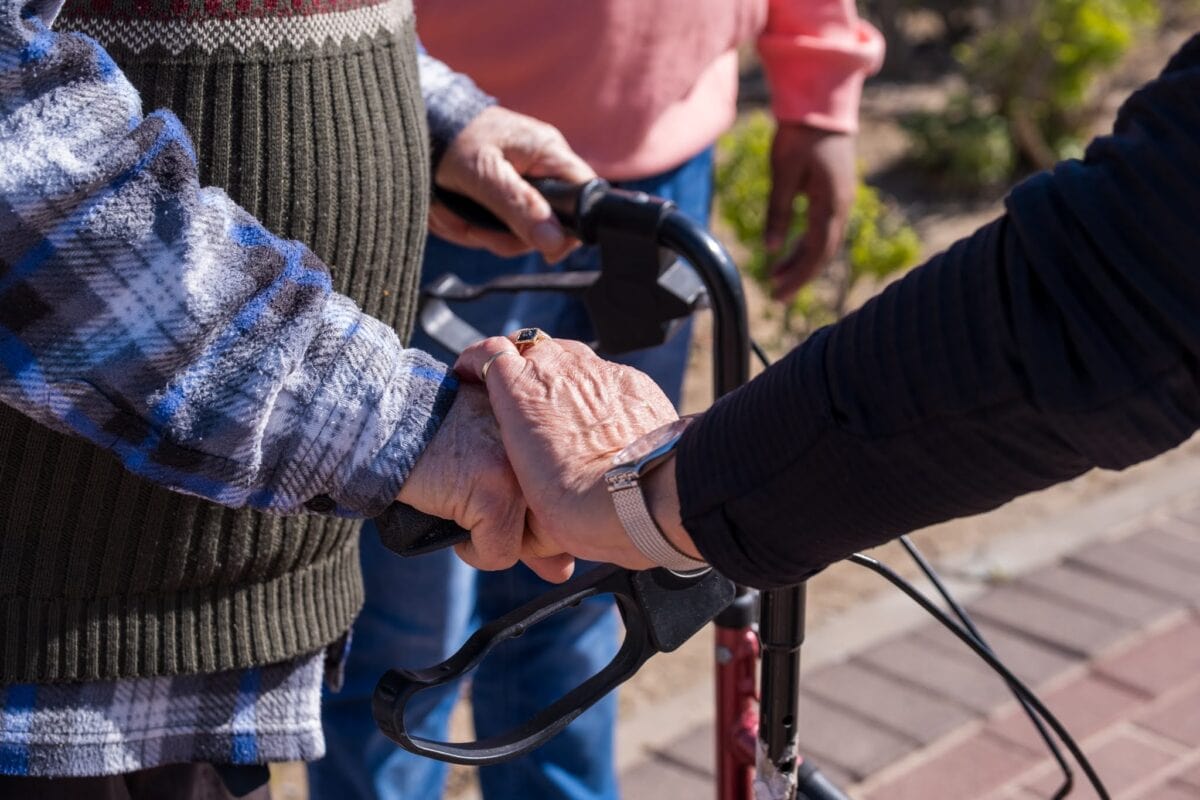
Finally, countless deeply personal relationships have blossomed: volunteers mentored youth, acted as “grandmothers on loan” for families in need, and provided one-on-one support for at-risk individuals embodying the heart and soul of Shnat Sherut 50 Plus.
A Model That Goes Beyond
What this extraordinary wave of activity shows is simple: when you place skilled, caring volunteers inside communities and give them the freedom to engage, they do far more than deliver formal services. They become catalysts of hope, resilience, and healing.
This is what makes Shnat Sherut 50 Plus unique and what makes our volunteers so valued by the communities they serve.
